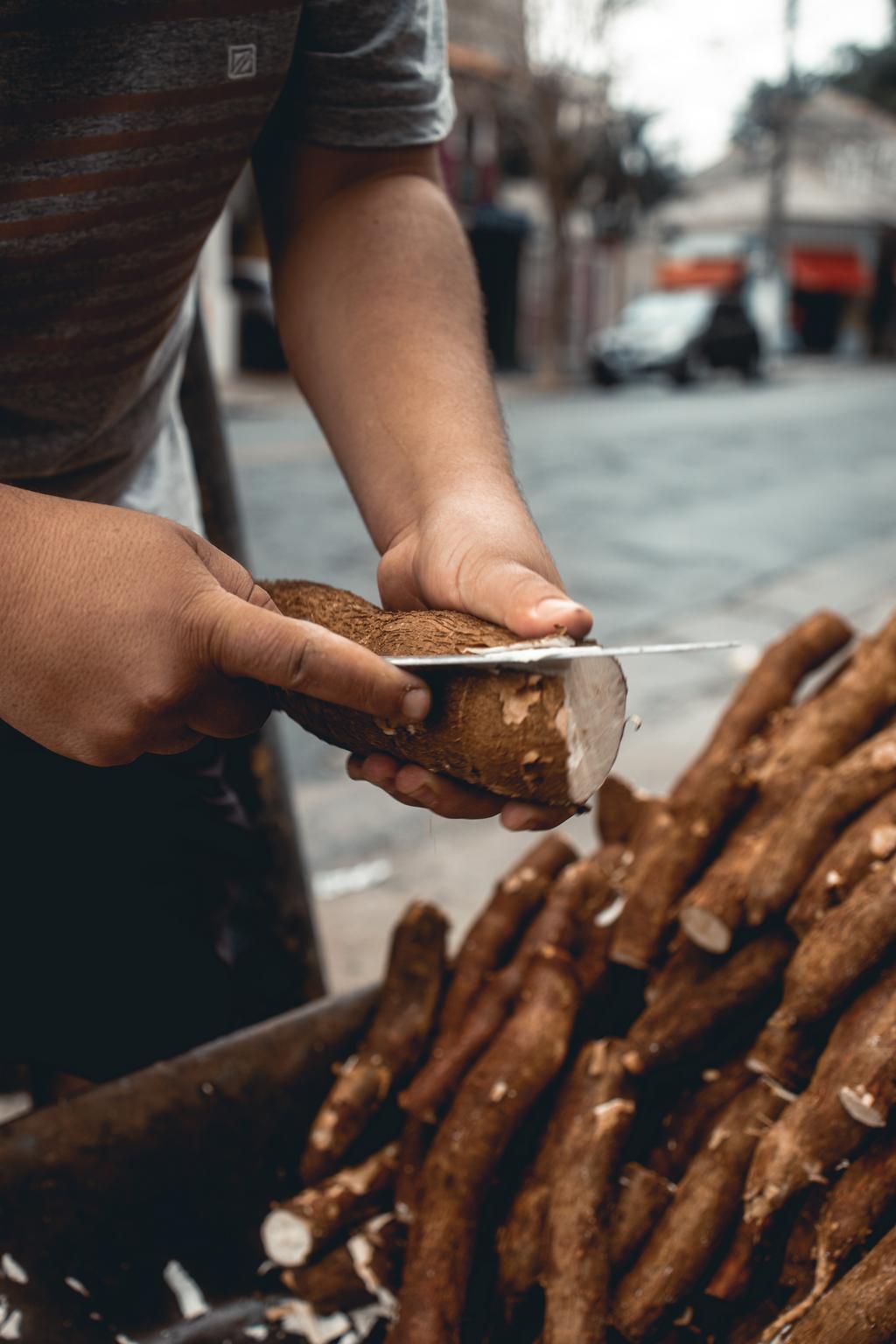The legend behind why cassava makes us very sleepy
)
On a typical Savannah day, blazing hot, dry and windy when most grass and plants are dried and many trees have shaded off their leaves, cassava leaves stand out in all their green glory. It manages to get by on marginal soils and weather conditions, where other crops fail.
It is drought-resistant and is one of the very few crops favoured by climate change meaning its yields will increase as CO2 concentration in the atmosphere increases due to greenhouse gas emissions (GHG). That is why it can afford to be green when other crops are dry. It is these attributes have made cassava more appealing to poor farmers.
Despite these wonderful attributes, cassava is considered a poor person's food and was named among the most dangerous foods to eat.
The danger lies in the chemicals called cyanogenic glycosides found in cassava roots and leaves. These chemicals can release cyanide in the body so it is important to cook cassava very well to avoid cyanide poisoning.
Cassava roots are rich in carbohydrates, in fact, they give the third-highest yield of carbohydrates per unit area, only beaten by sugarcane and sugar beets. It is used for tiredness, and dehydration in people with diarrhoea, and sepsis, and to induce labour, but there is no good scientific evidence to support these uses.
Starch foods such as cassava, (rice, macaroni, and posho) are known to enhance the transfer of sleep-inducing chemicals in the brain. However, they are not advised for night meals because even though they induce sleep, they can make you toss and turn due to their bulky nature.
Legend has it...

A long time ago in ancient times maybe some 8,000 to 10,000 years back, the King of the Tupí people of North Eastern Brazil, had a very beautiful daughter who became pregnant under mysterious circumstances. She delivered a baby girl.
Her name was Mani. Her skin was as white as milk. She began to talk as soon as she was born. As she grew older, she became even more beautiful; but when she was one year old, she suddenly got very sick and died, and was buried inside the king’s house.
On the grave in which she was buried grew an unknown plant. When they dug up the plant, the roots had covered the whole of Mani’s grave and Mani’s body could not be found. The roots were as white as Mani’s skin and were delicious when they cooked it.
A drink prepared from it could easily put one to sleep.
The King ordered that the stems be shared and grown. So, from that day on, the Tupí began using the root as their staple food and called it “mandioca”, which means “house or body of Maní”.
It is also used to make Tapioca pudding.
)
)
)
)
)
)